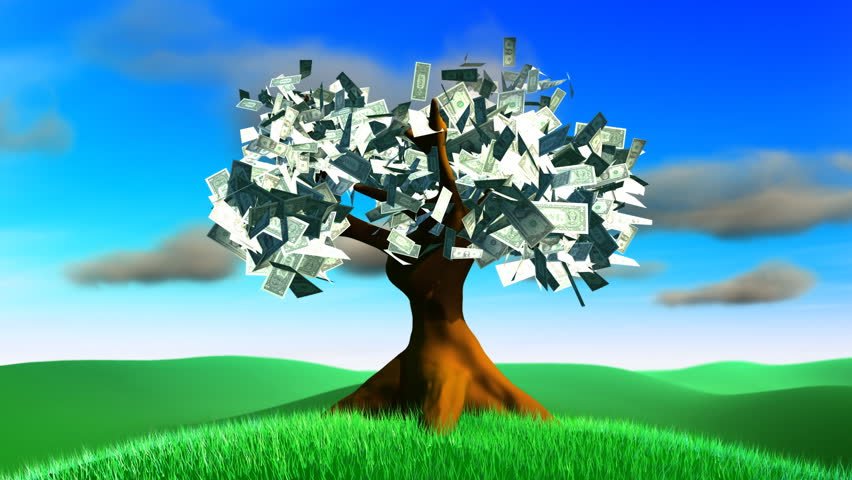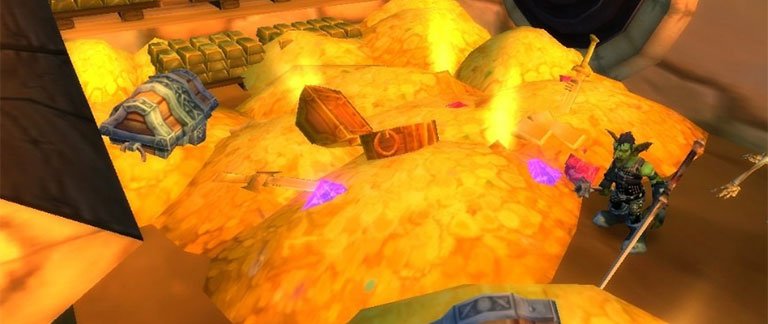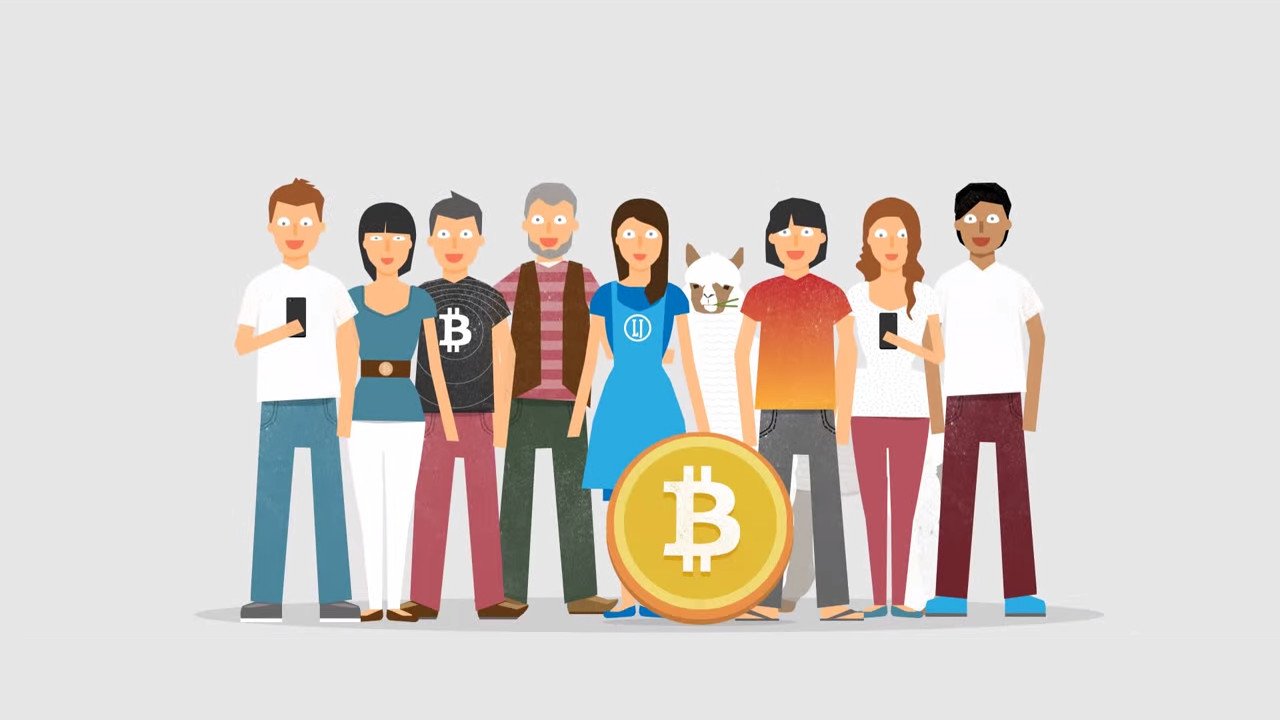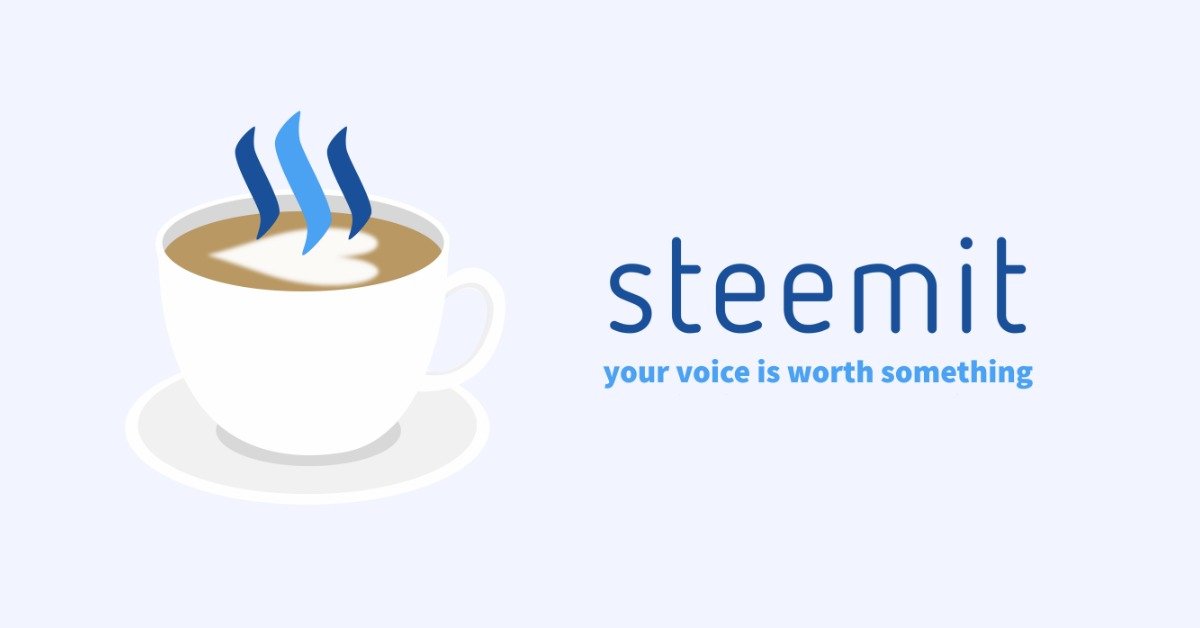And the Answer To the Money Question Is...

So the natural inclination of those who visit Steem is to wonder who's giving out the money? Is this monopoly money? How does this all work? Many are naturally skeptical. Some may just dip their toes in the water. Others might dive in and ask questions later. Whatever the case, almost everyone probably wants a better idea about the theory behind Steem dollars, so here is a brief explanation:
A blockchain-based software network creates Steem dollars, to be used as currency, from loans on the value of Steem digital assets. Steem digital assets represent the ownership of this software network and have value because they're useful and they are scarce.

In general digital assets can be used as money, act like company shares or be used to access specific digital resources. The more people use any particular digital asset, the more they are worth. The estimated value for various digital assets can be found on the website Coinmarketcap.com. The website lists digital assets that are collectively valued at over $12 billion and growing and many of these digital assets like Bitcoin have value because they are both useful and scarce. The question just becomes how useful and valuable are each of these assets? Most people have a hard time understanding how something digital can have that much value. Isn't software easy to copy, corrupt or hack?

Digital Value? Beginning of Virtual Economies.
In the last decade, multi-player video games with virtual economies have demonstrated that digital goods have real world value. Some may treat video game items like collectible baseball cards. Others may find video game items useful to improve their virtual lives and satisfy a material, emotional or psychological need. Scarce items such as powerful weapons in a medieval fantasy game called Diablo or gold in World of Warcraft can take hours to find, earn or accumulate so they become valuable. In fact a game item in Diablo 3 sold for as much as $16,000. Many people have bought and sold virtual gold and other game items on World of Warcraft for dollars or exchanged them for real world goods. In the game Second Life, users create virtual characters, live in a virtual world and buy things like virtual real estate. Linden dollars, the virtual currency used in the game Second Life, are also traded for real dollars. One estimate of the secondary market of real money changing for digital goods was $2 Billion as early as 2007. This was just the beginning of virtual economies.

Is it Secure and Who Owns It? From Video Games to Bitcoin in the Real World.
The establishment of Bitcoin followed an independent path from the video game industry, but the value of virtual items and currencies had already been demonstrated. However with video games, game creators ultimately controlled the supply of these digital assets. If a system were to be created for the public, the control of the system would have to be more decentralized. There were also some key technological issues that had to be addressed to create digital money & asset systems that are secure & decentralized enough for broad public use as explained here: “Bitcoin: What Took Ye So Long? Bitcoin became the first real world experiment with blockchain-based money. Ever since the Bitcoin currency started in 2009 with unknown speculative value, it's since grown in value from millions to hundreds of millions and is currently estimated to be worth over $10+ billion. As mentioned earlier Bitcoin and alternative digital assets in total are estimated to be around $12+ billion. All this value is stored digitally on a network of computers using software. No banks or institutions are required! Today Bitcoin and other digital asset systems are practically impossible to hack or corrupt because they use advanced consensus mechanisms and military-grade cryptography.

Isn't Software Easy to Copy? Intangible Value
Digital assets are easy to copy or replicate. The same goes with software platforms. However, most of the value of Silicon Valley tech giants are intangible and rooted in the network effect. The more people that use a system the more valuable it becomes, and value increases exponentially for every new user that is added. Take Facebook or Twitter for example. The cost to develop the core software for each platform is probably in the millions using the latest technology. More than likely Facebook & Twitter can be built with hundreds of thousands of dollars and really crude versions can be built for tens of thousands. Many software developers can build a lot more for less because of the advancements in software technology, tools and open-source libraries. But even if a technological product were easy to replicate, would you expect copycats to be worth $330 Billion like Facebook is now or $10 Billion like Twitter? The brand, network effect and the psychological attachment people have to a particular product are all huge competitive advantages. Those are the same reasons that Bitcoin and other digital assets maintain value even when the technology is easy to replicate.

Furthermore creating sustainable business value is not just about the product. Just because you can cook a tasty burger doesn't mean you can create a business and take over McDonalds in a few years. If you can mix up a nice combination of soda ingredients it doesn't mean you'll dominate over Coca-Cola. McDonalds has been around since the 1940's and is currently valued at over $100 Billion and Coca-Cola started in the 1880's and is now valued at over $200 Billion.

Digital Assets – Money? Commodities? Stocks?
Money is what something is used for, not what something is - Daniel Larimer
Sea shells, beads, cows, real estate, tobacco, gold and silver all have been used as money at some time or another. The definition of money is subjective, but various commodities or assets have been used as money at different times in history, and in different situations and geographies. We have 180 government or bank issued currencies being used today. Some commodities or assets have better characteristics as a medium of exchange, store of value or unit of account, but any community or ecosystem can ultimately choose what they want to use as money.
Some of these new digital assets like Bitcoin can be seen as monetary commodity assets. Other digital assets are required to access or use a system's resources. For example, Ether is required to execute smart contracts on the Ethereum network and Safecoins are used to access storage on the Maidesafe network. Some digital assets are similar to company shares such as the DAO or Bitshares.

Digital Assets & Money in the Steem Ecosystem
The Steem system is built on secure blockchain software that run on computers. There are three types of assets in the Steem ecosystem. Both Steem and Steem Power are analogous to company shares. A third asset, Steem dollars, are created as a loan on Steem collateral and issued to contributers to the ecosystem as currency.
Steem
Steem is similar to publicly traded company shares. The amount of Steem doubles each year so there is signficant dilution for those that hold Steem, however like many fast growing startups a rapid increase in value may outpace the dilution. Just like company shares (ie. stocks) these digital assets have value as more people use and contribute to the ecosystem. The estimated value of the total outstanding Steem assets is currently about $20 million on Coinmarketcap.com.
Steem Power
Steem Power is similar to private restricted company shares and have disadvantages and advantages. One disadvantage is that holders can't sell Steem Power immediately; hence they are illiquid. The advantages of Steem Power is that holders:
- May earn more Steem and Steem dollars as dividends to offset any dilution
- Have voting power to determine the value of each post.
Steem Dollars
Steem dollars are assets that are created from loans using Steem/Steem power as collateral. If the Steem ecosystem is worth $20 million, the Steem software can create one million in dollars as a loan on the network and issue it as currency for circulation. It's the same as if you owned Apple stock shares worth $500,000 and created a $25,000 loan on your shares and used that as money. You can use similar mechanics with real estate. In fact commercial banks create money this way. Just think about home equity loans and then think about regular home loans and how banks use real estate as collateral to create fiat money.
The blockchain software network executes the entire loan process & interest provisions for Steem dollars and the issuance & allocation of new Steem/Steem power.
Conclusion:
A blockchain-based software network creates Steem Dollars, to be used as a currency, from loans on Steem digital assets. Steem digital assets have value because they're useful to a growing Steemit community and are scarce.
Remember we're still in the early stages of this digital economic evolution and much of this is experimental so it's good to keep your expectations measured. That said, might as well jump in and write about your interests, have fun and enjoy the ride!
